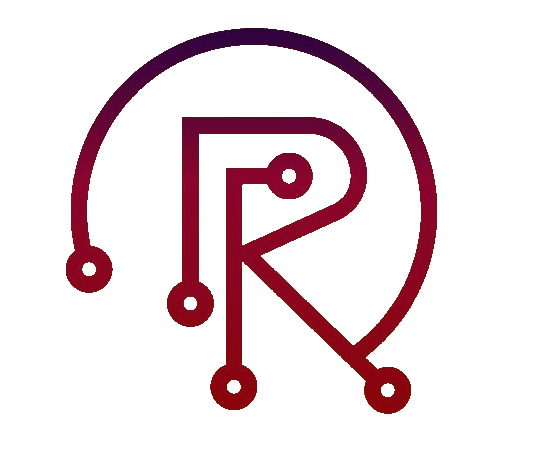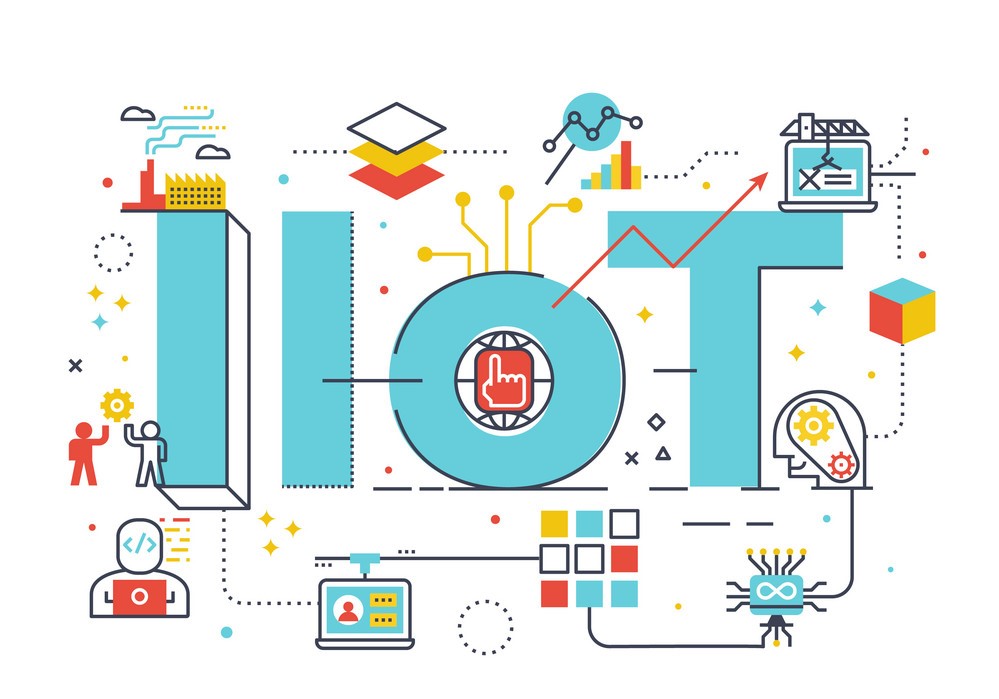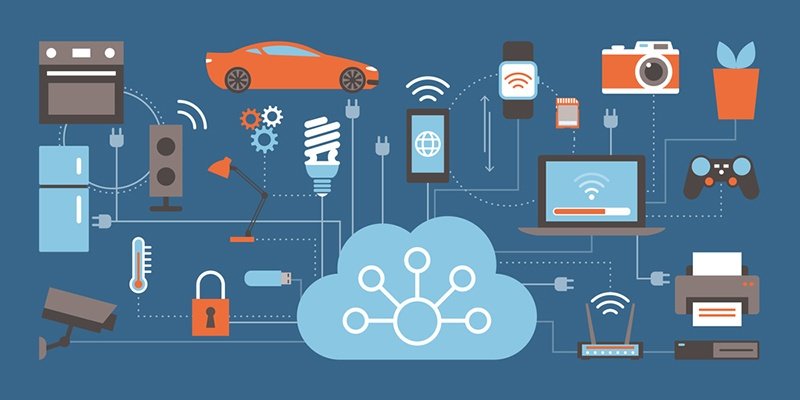What is IIoT?
IIoT stands for Industrial Internet of Things, a term for connected devices in manufacturing, energy, and other industrial practices. IIoT is significant for bringing more automation and self-monitoring to industrial machines, helping improve efficiency.
Importance of IIoT
The Industrial Internet of Things (IIoT) is driving the fourth wave of the industrial revolution. It is dramatically altering manufacturing, energy, transportation, cities, medical, and other industrial sectors. Most experts believe that IIoT is happening now and with very tangible, measurable business impact.
The IIoT enables companies to collect, aggregate, and analyze data from sensors to maximize the efficiency of machines and the throughput of an entire operation. Applications include motion control, machine-to-machine, predictive maintenance, smart energy and smart grid, big data analytics, and smart and connected medical systems.
Reloto Mechatronics provides a flexible, standards based solution that combines software programmability, real-time processing, hardware optimization and any-to-any connectivity with the security and safety needed for Industrial IoT systems. We enable customers to quickly develop their smarter, connected, and differentiated applications.
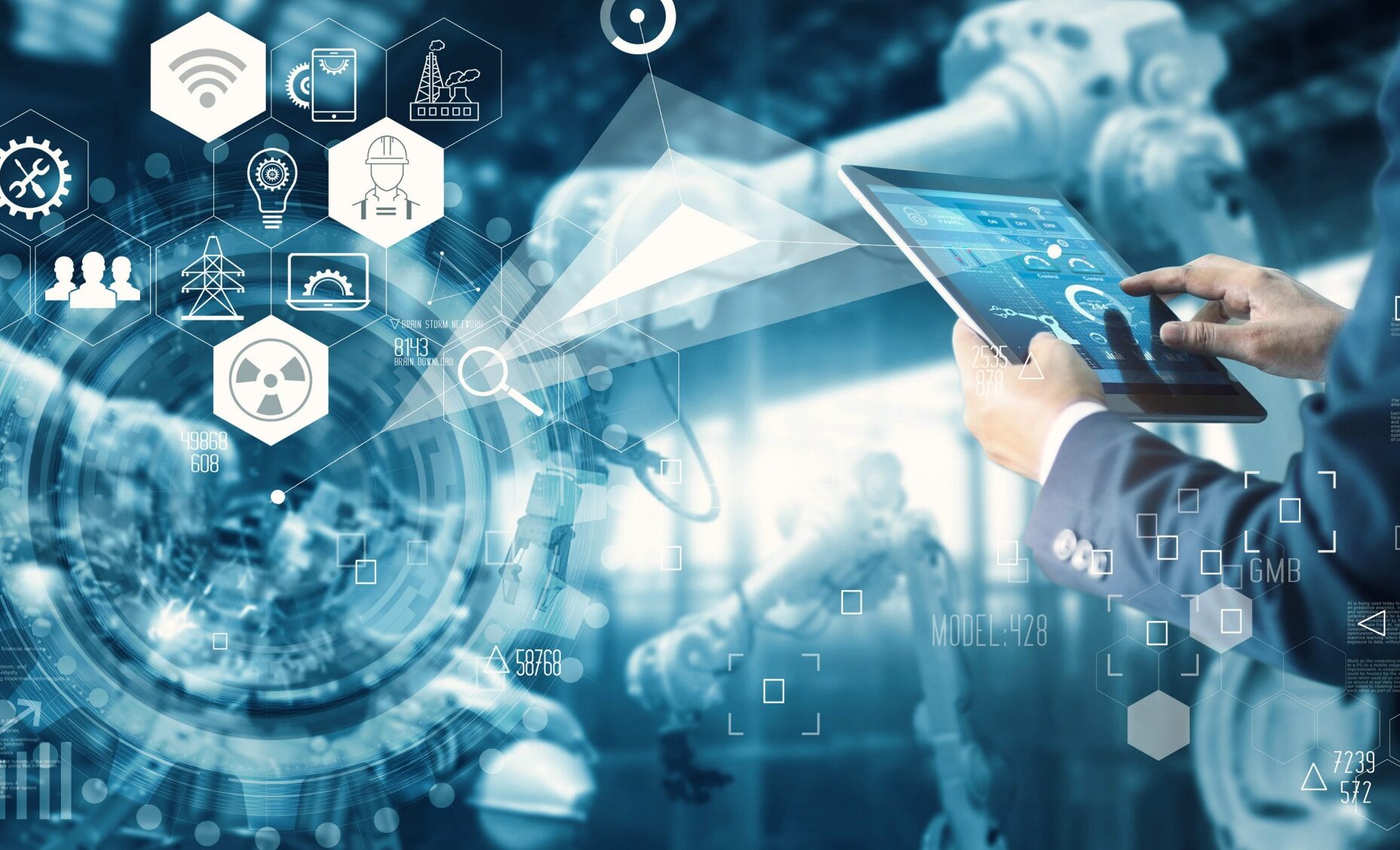
Predictive Quality
Predictive quality analytics helps in extracting actionable insights from data sources such as industrial equipment, environment, and human observations. Predictive quality analytics uses statistical algorithms such as machine learning to predict future outcomes by determining patterns and trends. The objective of predictive quality analytics is to determine needs such as using different sources of raw materials, adjusting machine settings, or training the workers that will improve the quality of the factory output.
By using Industrial IoT software and services, industrial manufacturers can establish predictive quality models, which are build upon the data, ingested from all the devices on their factory floors such as conveyors, robots, rotors, and valves. As a result, one can spot quality issues before they cascade down the production processes. The consistently higher quality products will make your customer delighted and will reduce product recalls.
Predictive Maintenance
Predictive maintenance analytics help in measuring and determining the real-time state of industrial equipment to let you identify possible breakdowns before they affect production. Not only the production outages can cost millions of dollars, but replacing wrecked equipment can put an unnecessary expensive burden of tens of thousands of dollars.
With this Industrial IoT use case, one can continuously monitor and infer equipment performance, status, and health to spot malfunctions in real-time. You can plan your maintenance work and keep the right inventory of spare parts by knowing equipment replacement or repair needs in real-time to evade unplanned outages. When companies use predictive maintenance analytics, the supply chain will be optimized, equipment will last longer, the safety of workers will be increased.
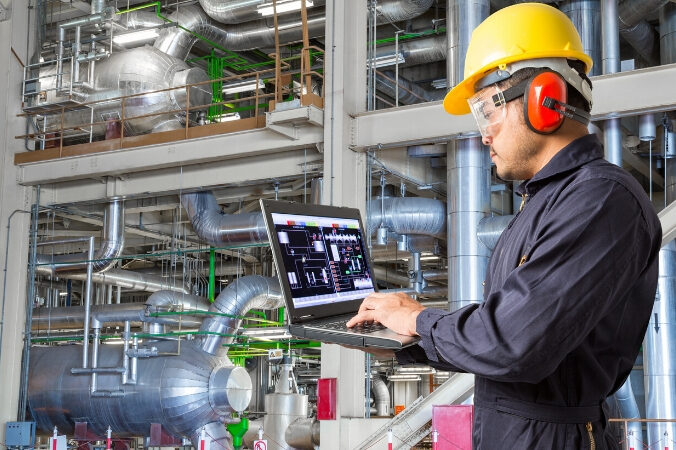
This is one of the things
we do best
Industrial IoT applications empowers industries with the capability to monitor the state of their machines and equipment to let them know how an asset is performing in the field or factory floor. In legacy industrial operations the state of equipment is measured by inspecting the temperature, vibration, and error codes. But, it is hard to capture all the data since technicians need to physically inspect every equipment and machine.
When device health indication data is sent to the cloud, it lets operation staff know where capacity is over or under used, eradicating the need of physical inspections. With asset condition monitoring capability, you can access all the data, ingested from endpoints (equipment) and monitor health and performance of equipment, machines and other assets. With increased visibility into industrial assets, you can maximize asset utilization and ensure optimal use of investment in machines and equipment.
The Cloud
Things can be smart or dumb on their own can store a lot of data on board. Things can also be self-suffecient and can comminicate to the internet for only centralized coordination and analysis.
The Enterprise
Things can be smart or dumb on their own can store a lot of data on board. Things can also be self-suffecient and can comminicate to the internet for only centralized coordination and analysis.
Things
Things can be smart or dumb on their own can store a lot of data on board. Things can also be self-suffecient and can comminicate to the internet for only centralized coordination and analysis.
Gateways
Things can be smart or dumb on their own can store a lot of data on board. Things can also be self-suffecient and can comminicate to the internet for only centralized coordination and analysis.

Mobile Devices
Things can be smart or dumb on their own can store a lot of data on board. Things can also be self-suffecient and can comminicate to the internet for only centralized coordination and analysis.
